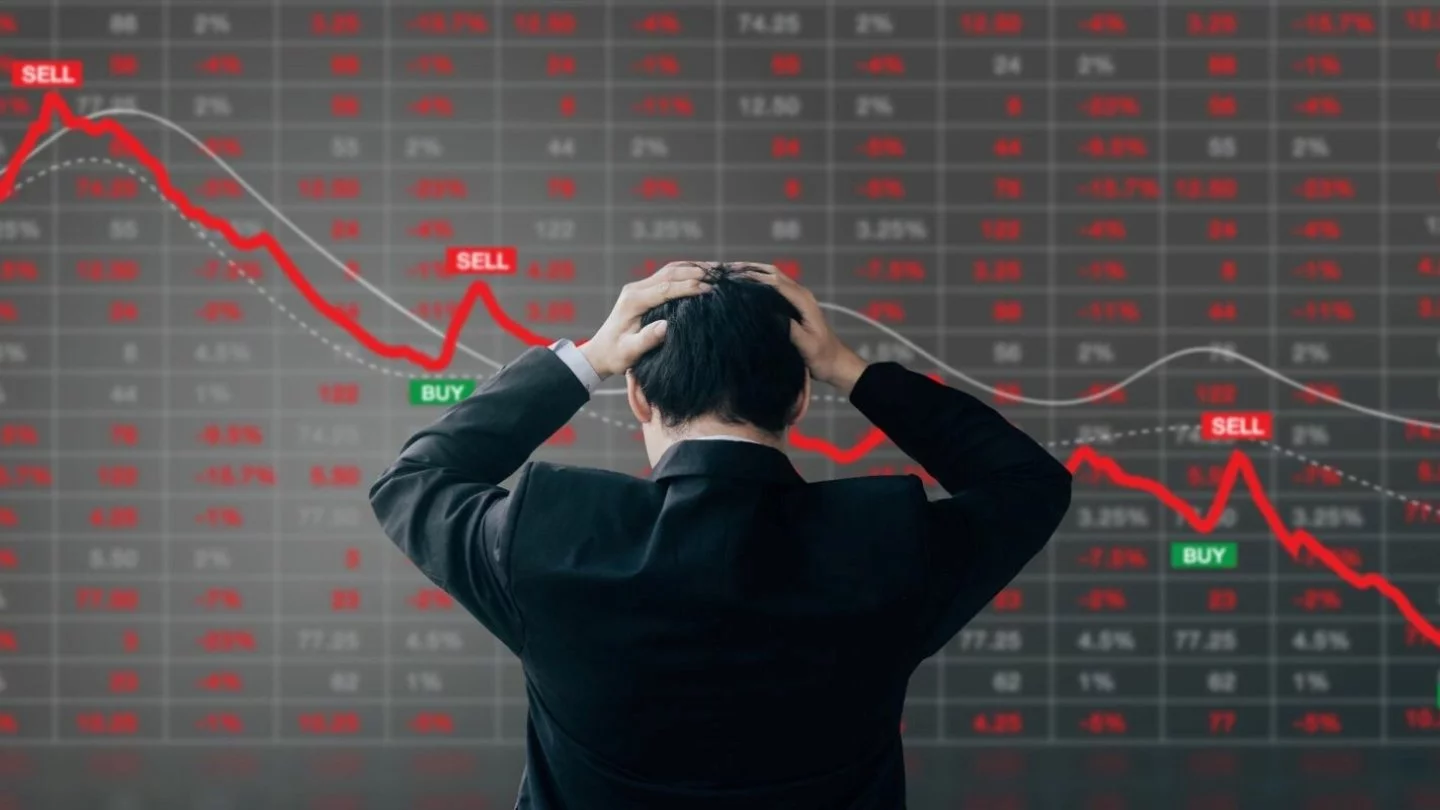Statistics
We are proud of our achievements, and are always ready to share our experience with our customers.

We are proud of our achievements, and are always ready to share our experience with our customers.


The Paradox of Stability and Instability
In moments of crisis, the financial sector finds itself at a peculiar crossroads. While some areas demonstrate remarkable resilience, others tremble under the weight of uncertainty. The intricate web of global finance, composed of banks, stock exchanges, investment funds, and regulatory bodies, is simultaneously fortified and vulnerable. This duality stems from the complex interplay between structural safeguards and the unpredictable nature of human behavior.
Foundations That Anchor the Sector
The backbone of the financial sector's stability lies in its foundational architecture. Strategic investment decisions by institutions, backed by diversified portfolios, often cushion the blow during economic turbulence. Risk management frameworks, capital adequacy regulations, and liquidity buffers collectively act as shock absorbers. Central banks play a pivotal role, offering monetary support and implementing policies aimed at maintaining systemic equilibrium. These elements work in concert to uphold confidence and prevent total collapse even amidst sweeping disruptions.
Fragilities Beneath the Surface
Despite its robust framework, the financial sector is not immune to vulnerability. Investor sentiment, often swayed by fear and speculation, can trigger rapid sell-offs, leading to cascading effects across markets. The stock market , in particular, mirrors collective psychology, where panic may supersede rational analysis. Leverage amplifies these risks, with overextended institutions facing liquidity shortages that threaten broader financial stability. Moreover, interconnectedness means that a crisis in one segment can rapidly infect others, exposing systemic weaknesses.
The Role of Smart Investment Amidst Uncertainty
Periods of crisis present not only challenges but also seizing market opportunities . Savvy participants engage in smart investment strategies, identifying undervalued assets and sectors poised for recovery. Such foresight requires disciplined analysis, patience, and an appreciation of long-term value over short-term volatility. While some retreat to safe-haven assets, others leverage downturns to position themselves advantageously for the eventual rebound.
Guidance Through Practical Tips and Strategy
For individuals and institutions alike, navigating financial turbulence demands adherence to sound principles. Here are a few practical tips to consider:
Regulatory Shields and Their Limits
Government interventions often serve as stabilizing forces. Regulatory bodies enforce stress tests, oversee capital requirements, and monitor systemic risks. Emergency measures, such as quantitative easing or fiscal stimulus, inject liquidity and confidence. However, these tools are not foolproof. Overreliance on intervention can foster moral hazard, where institutions engage in risky behavior under the assumption of eventual rescue. Thus, while regulations mitigate immediate threats, they cannot eliminate all future uncertainties.
The Delicate Balance Ahead
In essence, the financial sector's stability during crises is a dance between structure and sentiment. While robust frameworks provide a degree of security, the human element introduces unpredictability. Mastering this balance requires ongoing vigilance, adaptive policies, and prudent investment behavior. As history demonstrates, crises will continue to test these systems. Yet with thoughtful strategic investment and deliberate financial decision making , the sector remains poised to withstand even the fiercest storms.